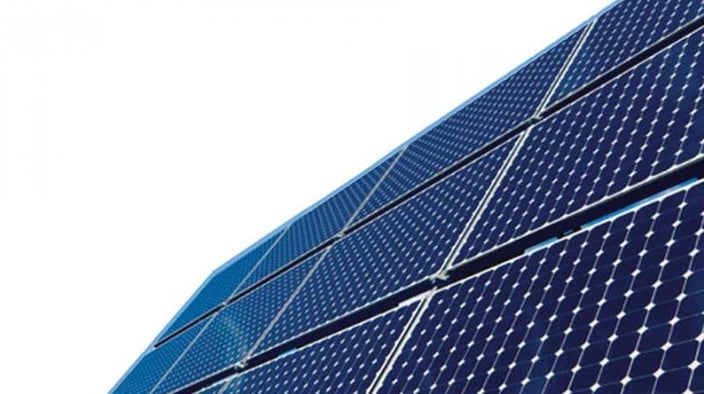
Cosmetics manufacturer L’Oréal USA recently announced its plan to build thousands of solar panels at its production facilities in Florence, Kentucky and North Little Rock, Arkansas. The move, which will cut carbon emissions and create two of the largest solar projects in each state, comes as part of the company's global sustainability strategy: Sharing Beauty with All.
Through these projects, L’Oréal USA will reduce its CO2 emissions in the United States by 80 percent, from 101,634 metric tons in 2005 to a projected 20,059 this year. L’Oréal plans to eventually achieve a 100 percent reduction, relying completely on renewable energy, for its cosmetic production in the U.S. “Reducing our CO2 emissions by 80 percent and achieving 100 percent renewable electricity for our U.S. manufacturing is a major milestone for L’Oréal USA,” said the CEO of L’Oréal Americas, Fréderic Rozé. “The achievement is a testament to our passionate, creative, and innovative teams who have pushed us to go beyond our original ambitions. We are committed to being a sustainability leader in the United States and are proud of the progress we have made.”

With over 400 employees, the Florence plant in Kentucky is the company’s largest manufacturing site in the United States. It will have the largest commercial solar array in Kentucky with 5,000 solar panels generating 1.5 MW of energy. Construction is scheduled to begin later this year.
CO2 emissions in Kentucky will be reduced by 1,195 metric tons per year, the equivalent to eliminating over 2.8 million miles traveled by passenger cars per year. “With this project, our facility becomes an emblem of sustainable manufacturing,” said Eric Wolff, L’Oréal’s Florence Plant Manager. “We’re proud to be leading the way for commercial renewable energies in Kentucky.”

The project in North Little Rock will be the third largest commercial array in Arkansas, housing a 1.2 MW array comprised of 4,000 solar panels. Expected to be operational by mid-2017, the system will eliminate 1,326 metric tons of CO2, the equivalent to eliminating over 3.1 million miles traveled by passenger cars per year. “We are very excited to continue on our site’s sustainability journey,” said Eric Fox, L’Oréal’s North Little Rock Plant Manager. “This next phase of our on-side solar installation not only paves the way for expanded low-carbon manufacturing, but also can serve as a catalyst for continued investment in renewable energy technology in the Natural State.”
We tip our hats off to L’Oréal USA for launching this solar campaign and for their impressive sustainable leadership in the industrial sector. If you would like to learn more about going solar for your own business, give us a call at 407.331.9077 or visit us online. We’d be happy to help you reduce your carbon footprint today!
